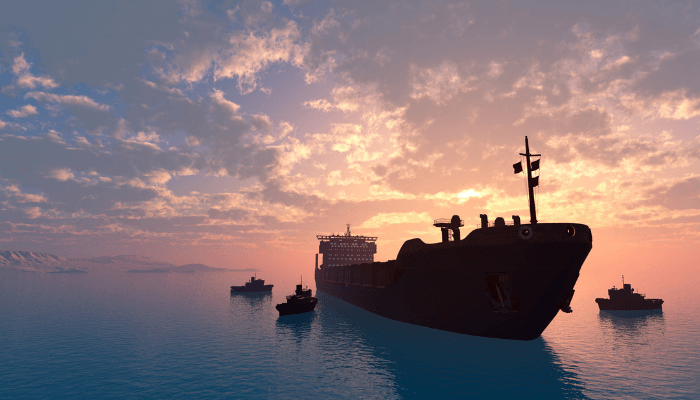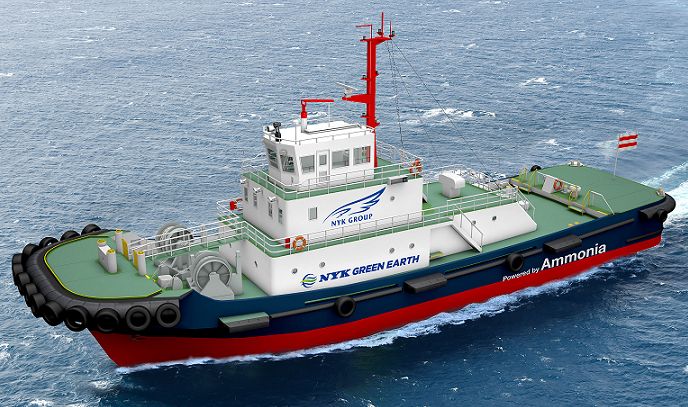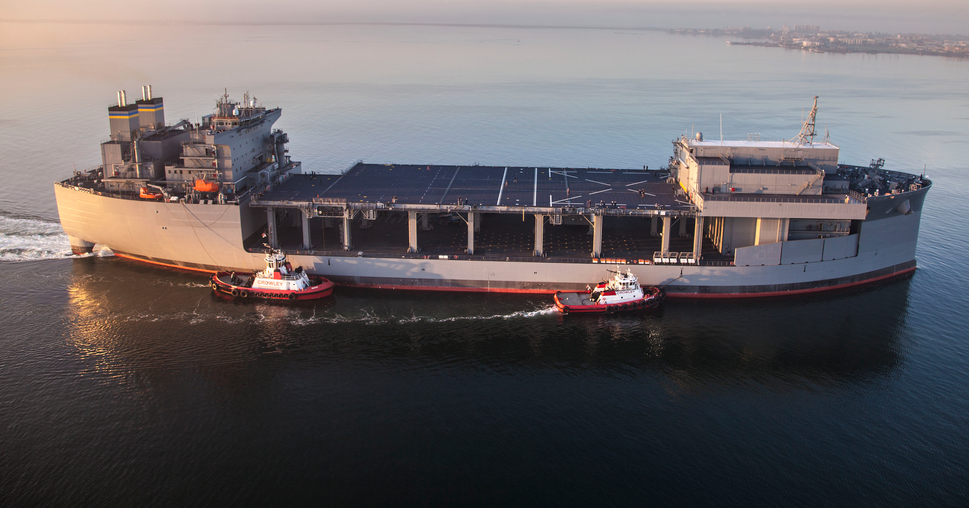The Nation reported the arrest of a supertanker by the Central African country after it fled from the AKPO oilfield in Nigeria when its notorious activities were unveiled by the operatives belonging to the Nigerian Navy.
Confirming the arrest on Wednesday, Adedotun Ayo-Vaughan, the spokesperson of the Nigerian Navy, mentioned that the feat indicated renewed collaboration among the Gulf of Guinea nations.

He said the regional centre for Maritime Security for West Africa (CRESMAO) in Abidjan also agreed that the vessel raised a fake alarm regarding an attempted boarding between 10 to 15 NM of Akpo oil field located in Nigeria to the Multinational Maritime Coordination Centre (MMCC), International Maritime Bureau (IMB), as well as other international platforms.
On 7 August this year, the Nigerian Navy personnel on a routine patrol reported the unexpected presence of the MT HEROIC IDUN at the Akpo Oil Field. The Very Large Crude Carrier (VLCC) is a 336-meter tanker that boasts a capacity of 299,995 MT. Its owner is Hunter Tankers AS. The vessel is reportedly domiciled in Scandinavia. However, Trafigura Maritime Logistics, located in the Netherlands, operates it.
Failing to share NNPC clearance papers for loading, MT HEROIC IDUN was prevented from proceeding by the Nigerian Navy Ship named GONGOLA.
The Captain of MT HEROIC IDUN revealed that the vessel’s agent commanded him, Messrs Inchcape Shipping, strictly not to follow any directives provided by the Nigerian Navy. The VLCC also resisted arrest when it was reportedly ordered by NNS GONGOLA to stop, and the supertanker escaped toward the Nigeria-Sao Tome and Principe Joint Development Zone Area.
Rear Admiral Istifanus Albarra, the Head of CRESMAO, also confirmed that the tanker captain refused to cooperate and altered the course toward Sao-Tome and Principe. Later on, he deliberately raised false alarms to the International Maritime Bureau (IMB) that she was under a pirate attack. The IMB broadcasted the information to relevant international stakeholders and authorities.
Per Ayo-Vaughan, the admiral observed that it is imperative that incidences of piracy reported by vessels must be crosschecked with authorities (especially the Yaounde Architecture) to authenticate the veracity or otherwise before the broadcast.
Ayo-Vaughan added that this is to prevent raising false alarms, particularly during this time when the maritime domain of the Gulf of Guinea has been recording a significant reduction in maritime incidences compared to what was happening two years back. IMB is implored to cancel the alert broadcast, coordinate with authorities, and put out the correct information.
As a demonstration and proof of renewed cooperation among Gulf of Guinea nations, the Nigerian Navy welcomed MT HEROIC IDUN’s arrest. The seizure was facilitated by the Equatorial-Guinean Navy on 12 August, just about four days after the supertanker mistakenly assumed that she had successfully evaded an arrest by the Nigerian Navy and raised a fake alarm of a robbery/pirate attack that did not happen in reality.
References: Business Day, The Cable








